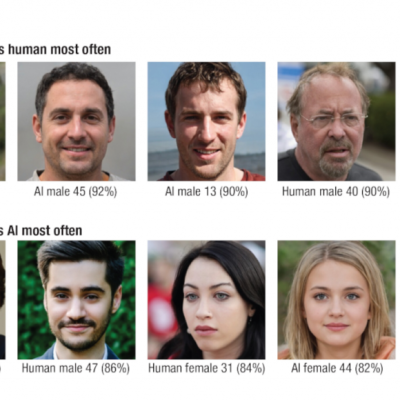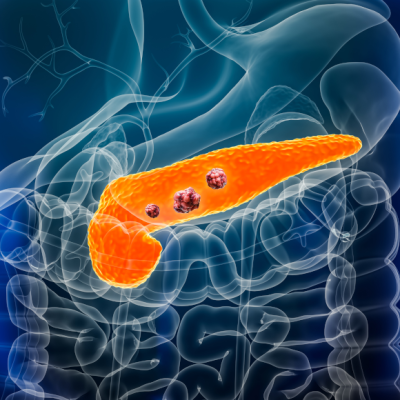The line between living beings and machines is becoming increasingly blurred. Scientists have recently been able to transfer the complete nervous system of a nematode worm into a computer program. Researchers at the Technical University of Vienna have successfully transferred the nervous system of a nematode worm into a neural network. The team of computer scientists, led by Univ. Prof. Dipl.-Ing. Dr.rer.nat. Grosu Radu, fully analyzed the worm’s nervous system. The worm was chosen because it is the only living being whose nervous system, with around 300 nerve cells, is so simple that it can be “recorded like a circuit diagram or replicated in a computer program.”
The researchers were able to teach the artificial worm, which was transferred into the computer, a new ability. As reported in the research paper, the worm learned how to balance a stick. The natural nematode worm can survive in its environment with only 300 nerve cells. It can react to impulses and, for example, detect obstacles, change direction, or locate bacteria that serve as food. When a nematode worm encounters an obstacle during its movement, it reflexively slithers in the opposite direction. The researchers at the Technical University of Vienna explain that “its behavior is determined by its nerve cells and the strength of the connections between them. If you replicate this simple reflex network of the worm on a computer, then the computer-simulated worm reacts in the same way to the collision with a virtual obstacle. Not because it was programmed to do so, but because this behavior is already built into its neural network.”
To test whether the neural network can learn new tasks that the worm does not have to cope with in reality, the researchers used a classic problem in engineering. The neural network was supposed to balance a stick. The researchers trained the artificial reflex network with the method of so-called “reinforcement learning,” which is frequently used in the field of machine learning. The virtual nervous system was actually able to master the task. The team wants to explore in the future whether other abilities are hidden in the artificial nervous system. These projects raise the question of whether there is even a fundamental difference between computer code and living nervous systems.










